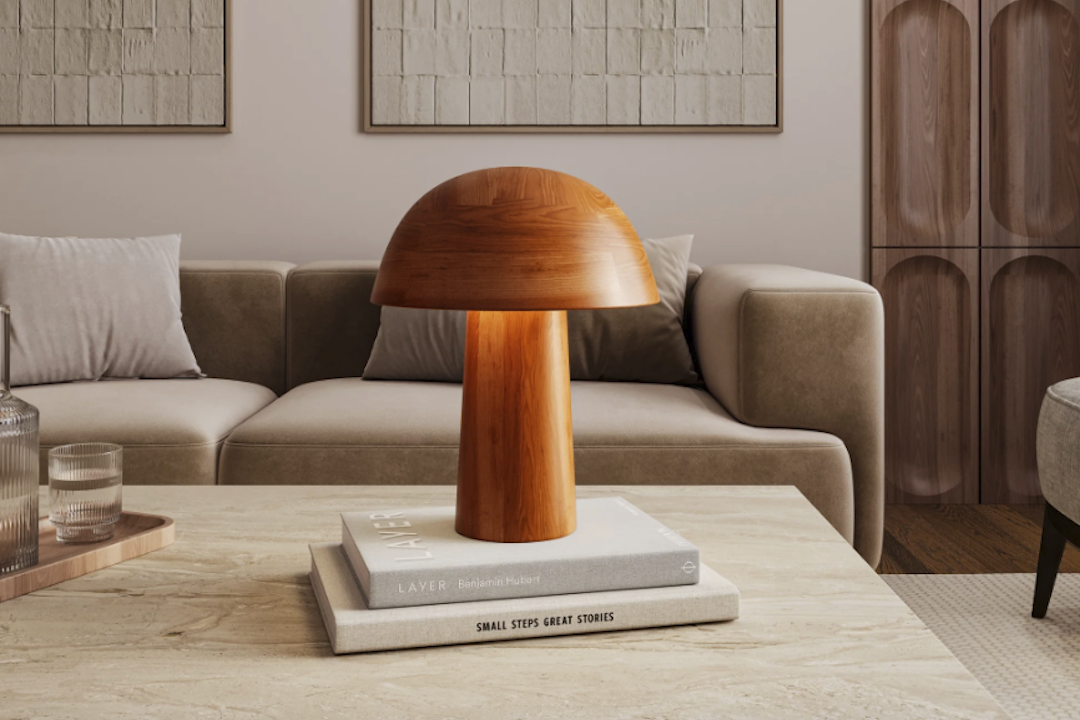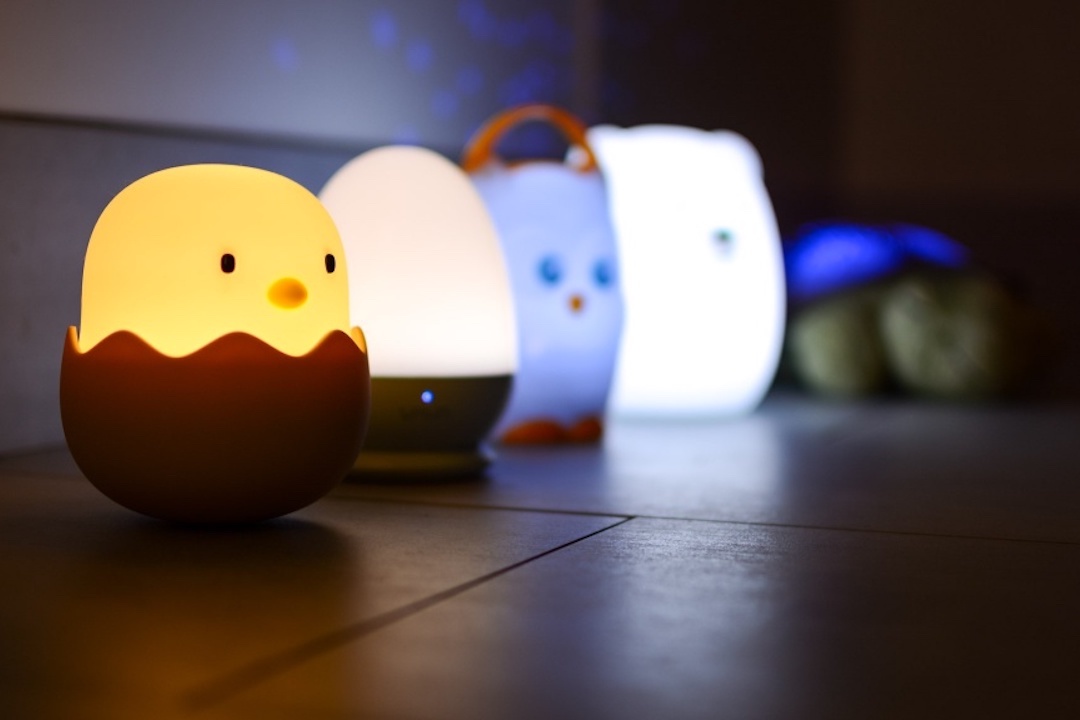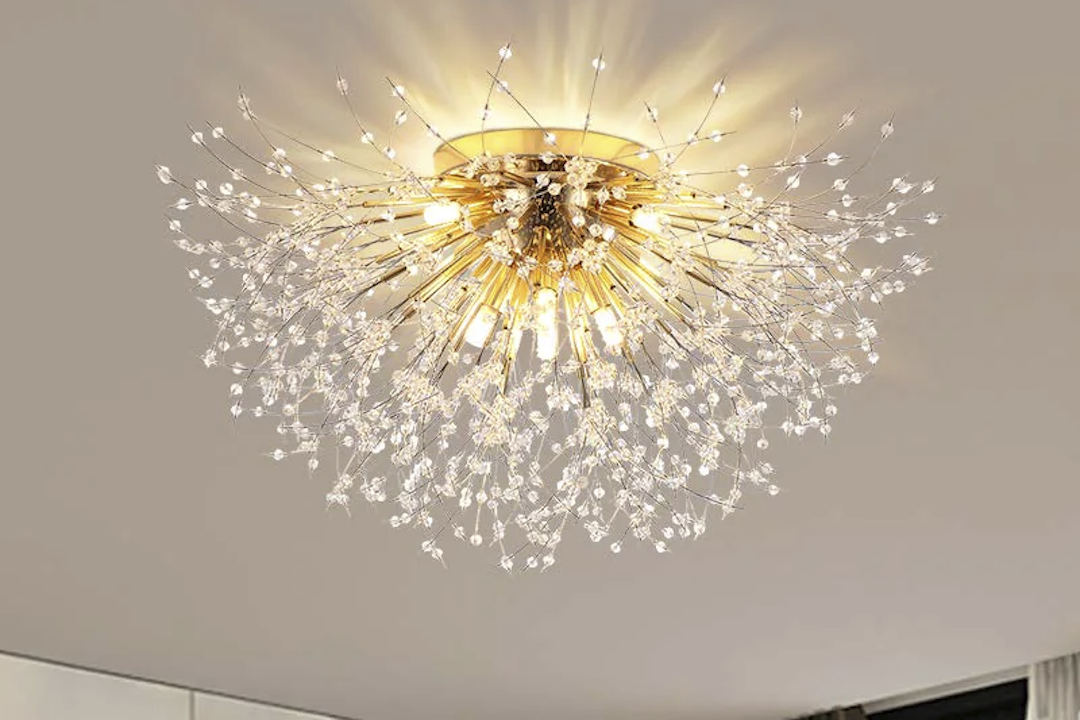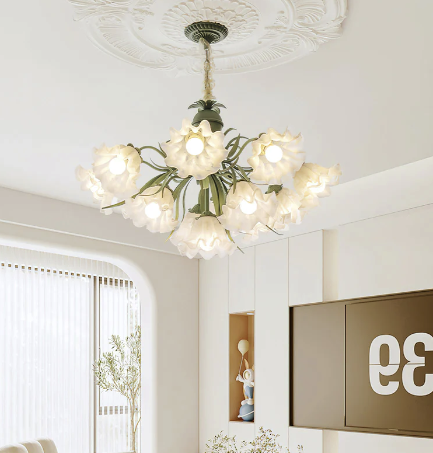Introduction
Monochrome light, also known as black and white or grayscale, is a fascinating concept in the world of photography, art, and design. On the surface, it may seem limited to just two colors, but it has the potential to evoke a wide range of emotions and create powerful narratives. In this article, we will explore the concept of monochrome light and how it can be used to create stunning visuals that are both timeless and modern.
What is Monochrome Light?
Monochrome light is a form of visual expression that utilizes a single color, typically black or white or shades of gray, to create an image or design. For photographers, it is a way of capturing the world in a simplified and stylized manner, emphasizing the texture, contrast, and tonal range of the subject. For artists, it is a way of exploring the interplay of light and shadow, creating mood and atmosphere, and conveying a message. In graphic design, monochrome light is often used for branding, logo design, and packaging to create a classic and sophisticated look.
The History of Monochrome Light
The use of monochrome light has a long and storied history dating back to the earliest days of photography. In the mid-19th century, when photography was still a new and experimental medium, all images were monochrome. It wasn’t until the advent of color photography in the mid-20th century that monochrome light began to decline in popularity. However, it has experienced a resurgence in recent years, as photographers and artists rediscover its timeless appeal and versatility.
The Advantages of Monochrome Light
One of the main advantages of monochrome light is its ability to create a timeless and classic look that never goes out of style. Unlike color photography, monochrome images are not tied to a specific period or aesthetic, making them ideal for creating images that are both modern and timeless. Additionally, monochrome light can be used to create strong contrast and emphasis, making it a powerful tool for capturing emotion and drama.
Using Monochrome Light in Photography
Composition
When using monochrome light in photography, composition is key. The simplicity of monochrome light can make it easy for images to become flat and uninteresting if the composition is not carefully considered. To create a strong composition, focus on elements such as shape, form, texture, and contrast. By emphasizing these elements, you can create images that capture the essence of the subject and convey a specific mood or feeling.
Lighting
Lighting is also crucial when using monochrome light in photography. To create a strong image, it is important to understand how light interacts with the subject and how it can be used to create texture and contrast. When shooting in monochrome, it is especially important to pay attention to the quality of light, as it can have a significant impact on the mood and atmosphere of the image.
Using Monochrome Light in Art
Just like in photography, monochrome light can be used to create powerful and emotive images in art. In fact, many artists have used monochrome light throughout history to create some of the most iconic works of art. To create successful monochrome art, it is important to explore the interplay between light and shadow, and utilize techniques such as cross-hatching, stippling, and blending to create depth and texture.
Examples of Monochrome Art
Some of the most famous examples of monochrome art include the etchings and lithographs of Rembrandt and Degas, the ink drawings of Japanese printmakers, and the pen and ink illustrations of Salvador Dali. These artists used monochrome light to create images that range from bold and dramatic to delicate and subtle.
Using Monochrome Light in Graphic Design
In graphic design, monochrome light is often used to create logos, branding, and other design elements that need to convey a sense of elegance and sophistication. By limiting the color palette to just black and white, designers can create clean and modern visuals that are both striking and memorable. Additionally, monochrome design can be used to create a unified look across a variety of products and media.
Examples of Monochrome Design
Some of the most recognizable examples of monochrome design include the logo for Chanel, the packaging for Apple products, and the typographic designs of designer Paul Rand. Each of these designs uses monochrome light to create a look that is sophisticated, timeless, and instantly recognizable.
Conclusion
In conclusion, monochrome light is a powerful tool for creating striking and timeless visuals in photography, art, and design. By limiting the color palette to just black and white, designers and artists can create images that are both classic and modern, emphasizing texture, contrast, and tonal range. Whether used in photography, art, or design, monochrome light has the potential to create powerful narratives and evoke strong emotions, making it a valuable tool in any visual artist’s toolbox.








